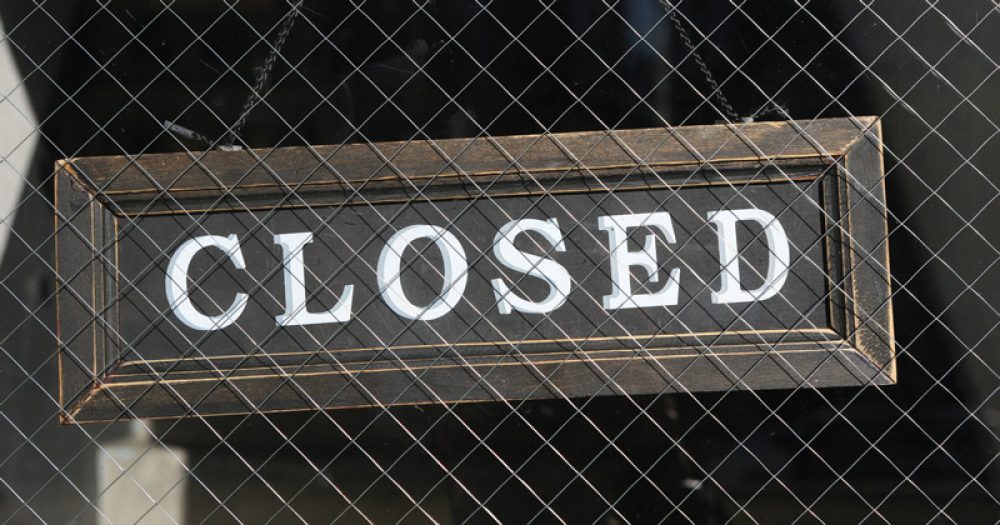Further guidance on temporary closures during the coronavirus outbreak has been provided to schools.
The update provides advice to schools on a range of issues, and follows the decision last week to close all schools to most pupils from today. However, sector leaders have pointed out it is still vague on many issues.
Here are the six most important points.
1. Councils will co-ordinate support if schools are overwhelmed
The government says it expects schools and local authorities to work together to ensure different settings are supported to stay open “wherever possible”.
Academies, private schools and boarding schools are no exception – all schools are expected to follow the guidance.
LAs will be expected to “coordinate what this means”. They will use the critical worker list and definition of vulnerable children to support schools and academy trusts “to ensure that there is sufficiency of places for children of critical workers and vulnerable children”.
They will also be responsible for monitoring demand and capacity, including working with schools to provide places in alternative settings “if necessary”, and supporting residential special schools, alternative provision and other special settings to remain open, “wherever possible”.
If schools experience high demand or severe staff shortages, it will be up to LAs to coordinate support from other schools. Schools are “expected to be flexible and work together where required”.
Where schools cannot stay open, LAs “should try to coordinate provision for pupils in other schools in their area”, but should consider working with neighbouring LAs, regional schools commissioners or academy trusts to find places out of area.
2. ‘Many children with EHCPs can remain at home’
Pupils with education, health and care plans (EHCPs) should be risk-assessed by their school to decide whether they need to continue to be offered a place in order to meet their needs, or whether they can safely have their needs met at home.
The guidance suggests that carers, therapists or clinicians could visit pupils’ homes to provide essential services, and states that: “Many children and young people with EHC plans can safely remain at home.”
LAs and schools are also being asked to maintain provision for children in alternative provision settings “wherever possible, since many of these settings have a high proportion of children who have a social worker and EHC plans”.
3. Schools can ask for ‘evidence’ on key workers
The guidance accepts that many schools will have already identified which children require school places because their parents are considered critical workers.
However, it goes on to state that “if it proves necessary, schools can ask for simple evidence that the parent in question is a critical worker, such as their work ID badge or pay slip”.
The government says it will “monitor closely” the experience of schools in identifying critical workers and “their capacity to respond to the needs of critical workers”.
Updated guidance will be published “should it prove necessary to provide further points of clarification over the identification of critical workers”.
Parents are also being reminded that even if they are key workers, they should not send their children to school unless it is absolutely necessary.
Nick Gibb, the schools minister told 5Live this morning: “You should only send your child to school if you have to because your work is critical.
“So even if you are [in] one of the sectors listed on our critical worker list, if your job is not essential, if it’s not absolutely essential that you go into work, you can’t work from home, only then should you be sending your child into school today.”
4. Schools funded as normal, and will get extra cash
The DfE has confirmed schools will continue to receive their budgets for the coming year, regardless of any periods of partial or complete closure.
There will also be a process to allow the government to reimburse schools for exceptional costs that they face as a result of closures. For example, where schools have issued vouchers to pupils eligible for free school meals, or to cover the additional costs of staying open during the Easter holidays.
The DfE will publish details of the scheme “shortly”.
5. No registers, but a ‘short daily return’
Schools do not need to take attendance registers, and can use “code #” for administrative purposes, which covers planned school closures.
However, the DfE is asking schools to submit a short daily return, reporting “whether they are open and how many children and staff are in school”.
“This will allow for a record of attendance for safeguarding purposes and allow schools to provide accurate, up to date data to the government. This will also help DfE to track capacity in the system, enabling the department to feed into wider tracking of the impact of the virus to support scientific advice.”
6. Teachers may have to provide support ‘elsewhere’
According to the guidance, schools unable to stay open “should liaise with their local authority about teachers providing support elsewhere”.
However, teachers and other school staff should continue to be paid by their school as normal, wherever they are working.
Once schools have assessed their demand and capacity, any schools experiencing high demand “should liaise with their local authority to establish whether any pupils or teachers need to be moved to an alternative setting”, the guidance states.
The government is also leaving it up to schools when it comes to holidays and breaks for staff. It follows concerns about burnout among school staff, particularly as they will now have to work over Easter.
“We know that school leaders and local authorities will make sensible decisions on staffing and what breaks will be needed, but we are asking schools, wherever possible, to maintain provision for children of workers critical to the COVID-19 response over the Easter holidays,” the guidance states.








Your thoughts